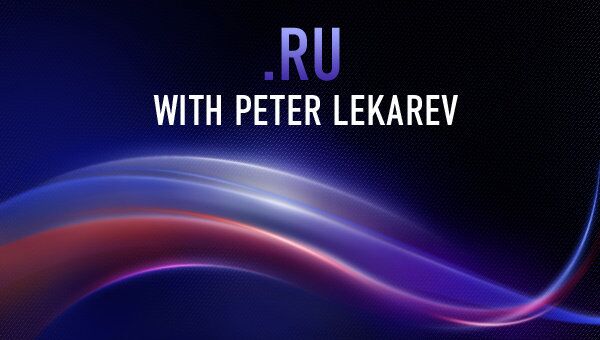We throw the word ‘smart’ around a lot these days – smart phones, smart cars, smart watches, pretty much every new device is ‘smart’ these days. While the name does hint that these devices are capable of more advanced things than their ‘dumb’ counter-parts, one should not expect any sort of real intelligence from their devices.
Although my phone does surprise me at times – for example, it has learned my daily routine and tells me how long it would take me to get to work in the morning and provides commute estimate to home in the evening – and I’ve never told it where I work or live! Or perhaps you’re familiar with Apple’s Siri – the digital personal assistant who sometimes seems very human – but still isn’t. Anyway, the quest to create a true artificial intelligence – one which would be indistinguishable from human – has begun a long time. However, until now, no one has been able to create it. How does one exactly know, what is an artificial intelligence? Well, the most popular method for determining true AI is the so-called Turing test.
This test was introduced by Alan Turing, who is widely regarded as the father of computer science. His paper "Computing Machinery and Intelligence" published back in 1950, opens with the words: ' I propose to consider the question, "Can machines think?" ' The author finds it difficult to precisely define the meaning of "think", at least in this situation – which really is quite difficult, wouldn’t you say? He thus proposes a simple test, which would allow to determine whether a machine possesses intelligence or not – or appears to. He calls the test "imitation game" - it was only later dubbed the Turing test. Anyway, the "standard interpretation" of the Turing test is this: there are players A and B - one of which is a human, the other is a computer. Then there's the player C - the interrogator who doesn't see A and B and can communicate with them only through text. Player C asks player A and B questions, again, only in written form. Based on answers provided, eventually C has to make a choice, which one of the players A and B is a machine and which one is a human. Since it reaching widespread popularity, the test has been praised, used as inspiration for science and science fiction and criticized. There are also different views on what actually a Turing test is, but however it may be, to this day no machine has passed any variation of the Turing test. Well, except one, sort of.
It was reported that an AI has actually passed the Turing test with the 30% threshold – that means that 30% of the players C must be fooled into thinking the computer is a real person. The test was concluded with 33% of participants believing AI was human – although, frankly, I’m surprised the threshold is so low. On the other hand, that doesn’t really take away from the feat’s impressiveness – developers managed to fool one in three people into thinking their creation is a living thinking human. The machine, created by Russian Vladimir Veselov, currently living in the US, along with Ukrainian Eugene Demchenko, living in Russia, pretended to be Eugene Goostman, a thirteen year old Ukrainian boy. And, well, people believed him! The media widely reported this as a success – but was it? Tune in to the next broadcast to find out why it’s not that simple.

